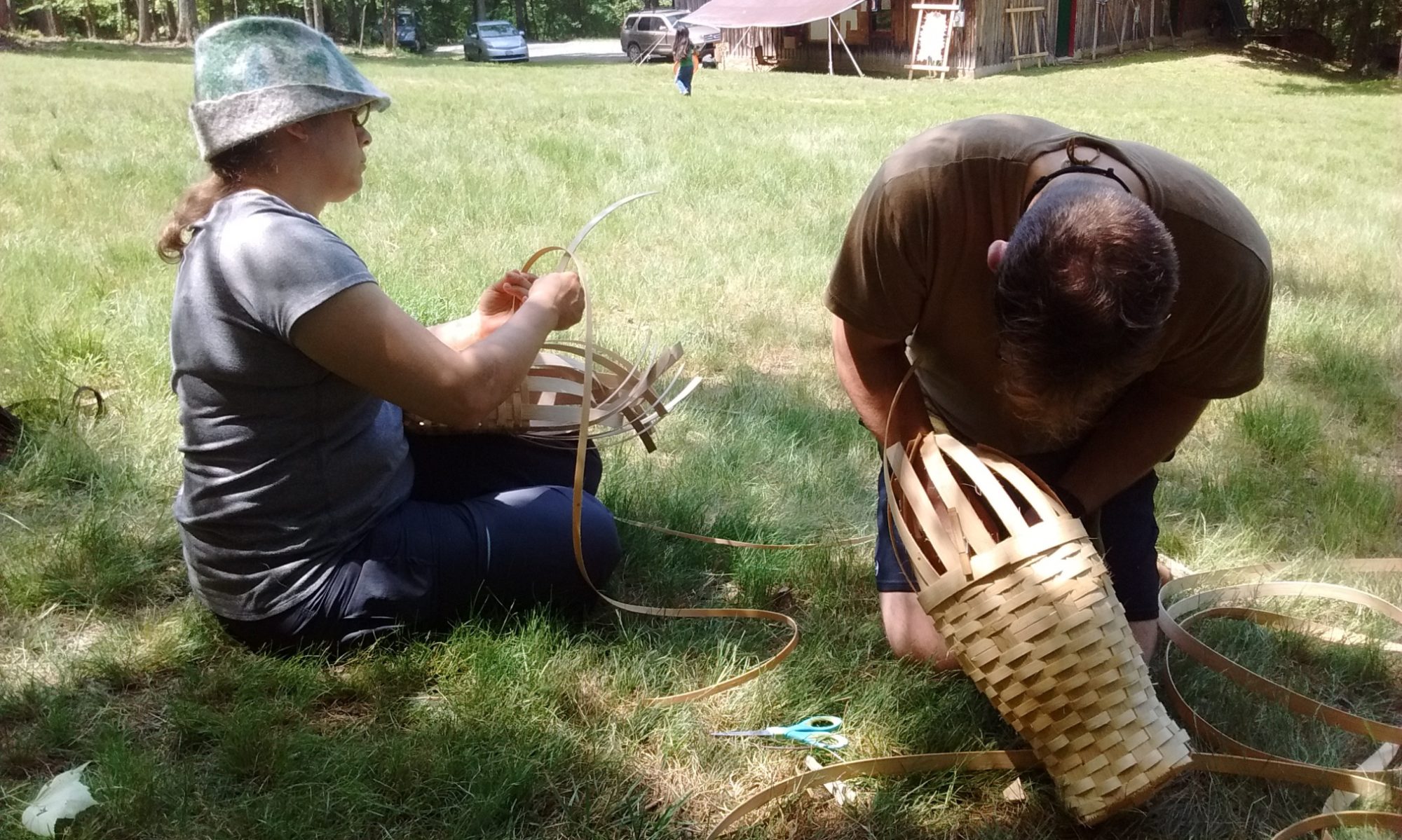Our main goal here at Ancestral Knowledge is to bring the inner-city youth back to nature through programs like the ancient skills demonstrations we have held at the Washington D.C.’s Capital Hill Day School and other youth focused programs. In addition, we help maintain connections to nature with adults through our partnership with the Wilderness Survival program a Georgetown University. And, have provided experiences to adults who have lost touch with their childhood memories of the outdoors and want to regain that healthy relationship. Our youth and adult programs are helping reduce Nature Deficit Disorder. We have seen some of the results with the kids we have continual contact with and it is encouraging.
Nature Deficit Disorder?
Almost two years ago the National Conservation Training Center in Shepherdstown, West Virginia, hosted the National Dialogue on Children and Nature Conference. The focus of the conference was on saving our children from nature deficit disorder. You may have heard of this phrase before, it is the title of a book by Richard Louv, Last Child in the Woods: Saving Our Children from Nature Deficit Disorder. Louv in his acclaimed book argues that today’s children have lost their connection to the natural world because of the addictive character that the modern world of television, computers and video games has on our children.
Some of the actions, solutions, and opportunities that the conference participants suggested are still useful, but we have not seen much progress in making them reality other than limited research on the benefits of exposing children to nature.
Health-related actions: Conduct research on the benefits of exposing children to nature instead of pharmaceuticals; incorporate the health benefits of nature into medical and nursing school curricula; and encourage pediatricians to prescribe nature time for stress reduction and as an antidote to child obesity.
Education actions: Assure that every school utilizes nearby; offer students in-nature time during teacher in-service days; create new partnerships between schools, farms, ranches and public parks; establish a national Nature Bee; and ask each student to be personally responsible for one living thing.
Societal actions: Create a “Take a Child to Nature” day; persuade AARP to create a nature-mentor program; establish a child-nature impact assessment for all built environments; and engage religious organizations.
Locally, AK has been fruitful in establishing at least one of the possible solutions–ancient skills educational and nature programs–to local schools and universities. Parents can have a voice too by calling teachers, school boards, and congressional representatives to encourage more funding and focus on getting our children out in nature and, of course, signing up their children for outdoor experiences.
Let’s work together for a better future.

